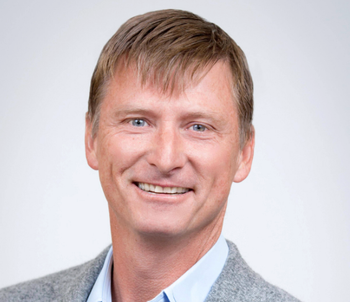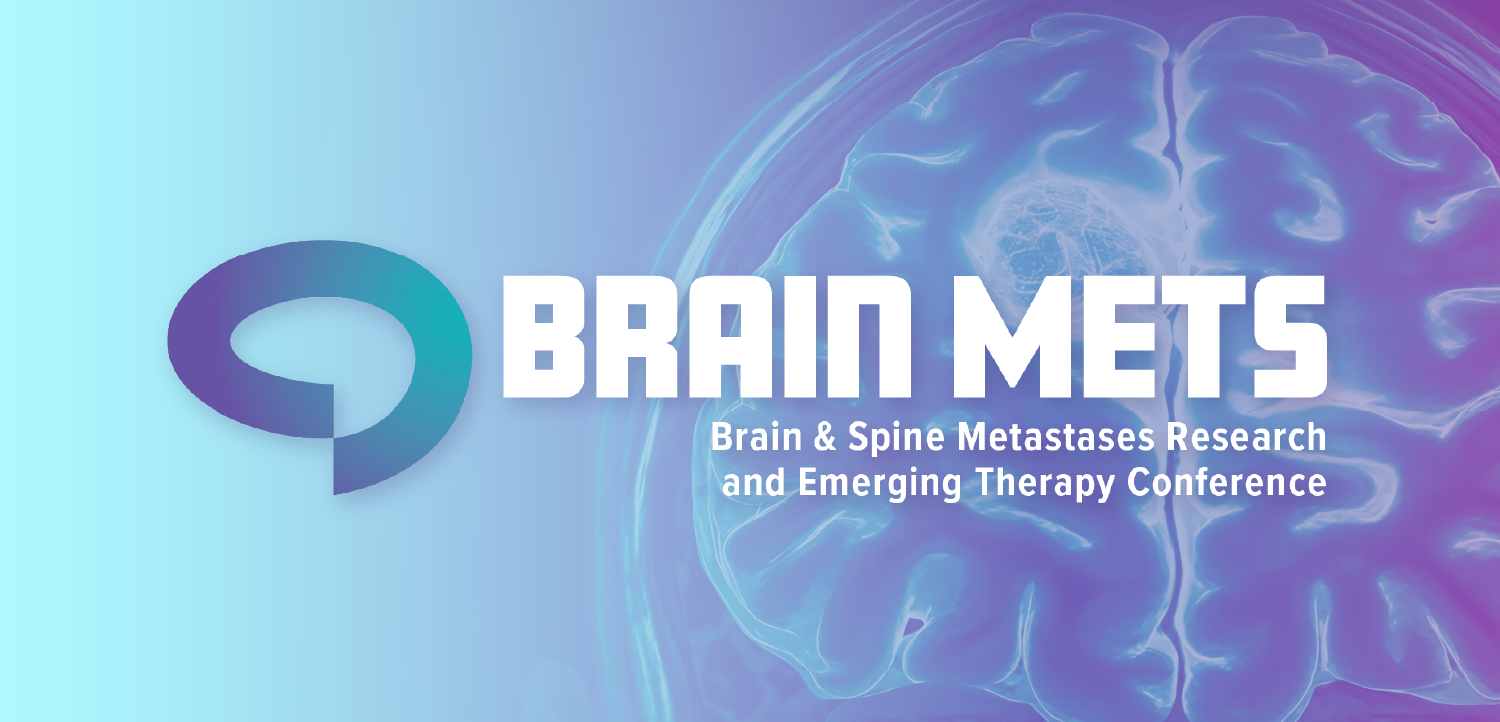
Stanford Medicine Children’s Health president wants his hospital to be the nation’s best
Rick Majzun, president and COO of the pediatric system, talks about aiming high, juggling multiple roles, and dealing with uncertainty in funding.
After several years as chief operating officer of Stanford Medicine Children’s Health, Rick Majzun recently added another title.
In February, Majzun was named the president of the pediatric health system. He tells Chief Healthcare Executive® that after he was named president, he received something he didn’t expect from the board of directors.
“Probably the best day of my career was when I went into the board room after I'd been named, and I came in to applause,” he says. “Working in a pediatric hospital is emotional anyway. You know, we take care of moms and babies, and we do amazing work for them, but to get applause, it was not something I expected, from a board. And so that felt pretty cool.”
Majzun talks about the difference with wearing those hats.
“I think the COO part of the role is you're sort of like oil and you’re glue,” he says. “You're the oil to make sure the machine keeps running, but you're the glue that keeps all the parts together.”
And as president, he says, “I'm keeping people focused and prioritized on the most important things.”
In a recent interview, Majzun outlines his priorities, along with the challenges of leading Stanford Medicine Children’s Health at a time of uncertainty in the economy and in federal funding. And he acknowledges that potential reductions in support for Medicaid could pose big challenges for the pediatric health system, and all children’s hospitals.
Still, Majzun makes it clear that even with some of the headwinds, his main goal is very clear.
“We're trying to be the best hospital for moms and babies in the country,” Majzun says.
(See part of our conversation with Rick Majzun. The story continues below.)
Committed to equity
Stanford Medicine Children’s Health’s strategic plan contains several key elements.
“We want to focus on our academic mission,” he says. “We want to focus on service. We want to focus on equity. We want to focus on the services that we can be the best at in the world.”
Majzun repeatedly talks about the need for making sure children of all backgrounds and income levels have access to the best care possible.
While some of the pediatric system’s patients come from affluent families, nearly half of the children and teens come from economically disadvantaged households.
“We're taking care of the wealthiest families in Silicon Valley and the poorest families in the Central Valley,” he says.
Majzun says he’s also striving to take care of the health system’s staff and help ensure they are thriving in their jobs.
He says he wants to build "loyalty and stickiness for our employees so that they want to be here."
“I want this to be the place that you come and you never have a reason to find another place to work,” he says. “And whether you want to be the best in whatever it is you do, or you want to learn and grow in your career, we want to be able to offer that to you.”
Stanford Medicine Children’s Health has fared well in retaining top staff. He says nurse turnover is around 6%, below the national average of 18-20%.
“I think we do really, really well once we get people here,” Majzun says.
Still, the health system faces some difficulties in recruiting, simply because fewer clinicians pursue pediatric specialties.
“Competing for talent is a big concern for us,” he says. “Once we get them here, we're able to keep them here, which is really nice. But the shortages definitely impact us.”
Majzun says he is focused on improving the system’s financial sustainability. He says that includes boosting operational performance and finding ways to be more efficient.
He also points to the increasing importance of philanthropy.
“We are amazingly fortunate here in Silicon Valley. We have some of the most generous donors,” Majzun says.
While the pediatric health system has modest operating margins, he says the organization is doing well.
“We're very fortunate,” Majzun says. “We're hitting our goals. We're doing well, we have a small margin, but pediatric hospitals have much smaller margins than adult hospitals. But we want to make sure that, 100 years from now, we're still here taking great care of kids and moms.”
Focusing on the mission
Hospitals across the country are
Majzun says it’s important to focus on what he can control.
“It's challenging on the practical level,” he says. “Things are going to happen at the federal level that are going to have an impact on us, and we've got to do all the structural preparation for that. It's even more challenging on a cultural and sort of organizational level, because we have to keep reminding people we don't control those externalities.”
He says he is encouraging staff to concentrate on the health system’s mission.“We're going to be taking care of moms and babies and toddlers and teenagers and families,” he says. “That's the truism. We know we're going to be doing that. So it's keeping people focused on that.”
Hospitals have been pressing Congress
Nearly half (43%) of Stanford Medicine Children’s Health’s patients are on Medi-Cal, California’s Medicaid program.
If there are steep reductions in Medicaid, Majzun says the health system may have to make some priorities.
“We are trying to help our team realize we're not going to talk to you about doing more work with less people,” he says.
“If the most draconian cuts came down, all of us around the country would be in significant trouble,” he says. “We'd have to probably condense what we were doing. But again, that focus and prioritization that we try and bring to the organization, we'd have to bring to every level of our leadership team, so they understand it's not taking nine people to do the work of 10. It's saying, what are the most important things of that 100 that we were doing? And so that's what we're anticipating.”
Even with questions about funding and other difficulties, Majzun says he relishes his role.
And he adds, “It's a fun time to do what we do.”
“Every day, I drive home tired,” Majzun says. “And if I start feeling sorry for myself, all I have to do is look in the rearview mirror, and see a parent in a parking lot, right? And I know that today, we're providing great care for that parent. I know they're coming to us on their worst day, and we're trying to make it as good as it can be, and I can feel really proud about the work that I get to contribute.”







































